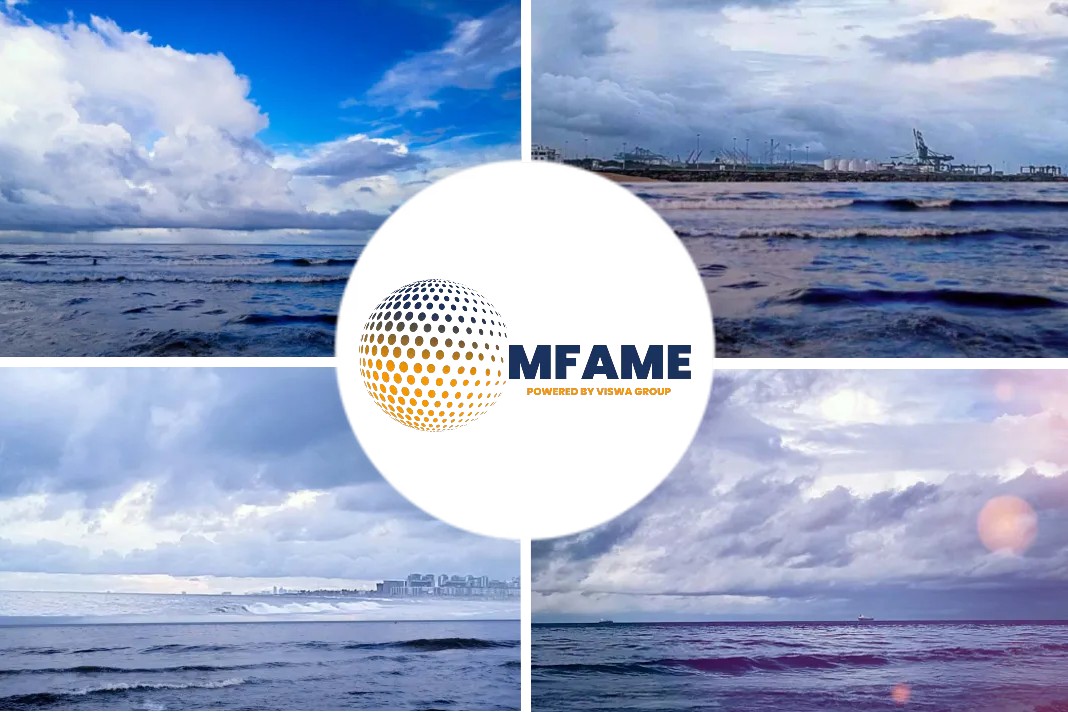Survey findings
A recently completed survey of Exhaust Gas Cleaning Systems Association (EGCSA) members reports a rapidly accelerating uptake of marine scrubbers with 71 scrubbers ordered in May 2018 alone. Orders placed by major ship operators, including Spliethoff, Frontline, DHT and Star Bulk.At the end of May 2018, the number of ships with exhaust gas cleaning systems installed or on order stood at 983.
The survey shows that scrubber orders have been 63% for retrofits and 37% for newbuild installations.
EGCSA expects that shipowners will spend more than $20 billion over the next five years on exhaust gas cleaning systems.
Increase in demand for Scrubbers
Back in 2015, in readiness for the switch to 0.10% sulphur fuel, a number of RO/RO and ferry operators led the way and opted for scrubbers as a means of compliance. Next came The cruise industry and now, with 2020 looming, bulk carriers have taken over as the leading shipping sector to adopt exhaust gas cleaning, with containerships and tankers following. In each of these sectors retrofit open loop installations predominate. Nearly 60% of all retrofits and new building installation works take place in Asian shipyards.
Constraints
EGCSA director Don Gregory believes that, “although there has been a surge in demand, shipyard capacity is not an issue going forward. However other constraints such as the availability of laser scanning specialists and experienced installation teams mean that it may not be possible to pick and choose an installation slot or coincide a scrubber installation with an already scheduled drydocking in the near future.”
For this reason, several scrubber manufacturers are now taking options through to 2023 to enable shipowners to secure a position on the installation timetable.
Until relatively recently, the largest installed exhaust handling capacity was for engine powers in the region of 25 to 30 MW. However, the latest data shows that this has been substantially exceeded by a retrofitted hybrid system for a 72 MW containership engine. The maximum size new building installation thus far is a hybrid system for a 65 MW engine.
Open versus closed loop scrubbing
Of the 983 vessels with scrubbers installed or on order, 63% have opted for open loop scrubbers; confirming it as the most popular exhaust gas cleaning system.
The EGCSA is not surprised that open loop scrubbing is preferred. “It is the simplest scrubbing system and favored by ship crews” says Don Gregory.
Although many early adopters in the North Sea and Baltic fitted hybrid systems, the systems are operated in open loop the majority of the time. Open loop scrubbing has also been used for years by coastal power stations and by oil tanker inert gas (IG) systems when in port, without environmental issues.
While closed loop and hybrid systems are available for enclosed bodies of water with little water exchange or where discharges are restricted by local regulation, the ECGSA suggests open loop operators switch to low sulphur fuel for port stays where open loop operation is not possible.
The cost impact is likely to be limited as over 90% of fuel consumption is during full away at sea, which is where the financial benefits of scrubber-related fuel savings really accrue.
Did you subscribe for our daily newsletter?
It’s Free! Click here to Subscribe!
Source: Marine Log
















